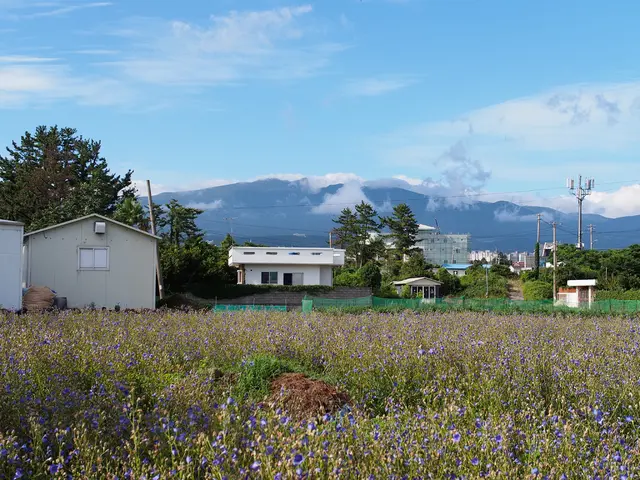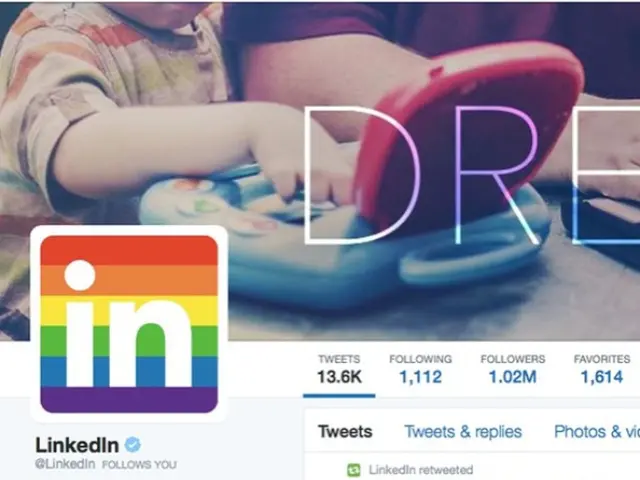Seasonal impact on bipolar disorder symptoms: Insights into potential effects
Bipolar disorder, a mental health condition that alters a person's mood, energy levels, and concentration, can be particularly challenging during seasonal changes. Many individuals with bipolar disorder experience mood changes linked to seasonality, such as depressive episodes resembling Seasonal Affective Disorder (SAD) during fall and winter, and sometimes manic or hypomanic episodes in spring or summer.
Seasonal changes can exacerbate bipolar symptoms, particularly through mechanisms associated with SAD. The reduced natural sunlight during shorter days can disrupt circadian rhythms, influence brain chemicals like serotonin and melatonin, and worsen symptoms such as low energy, changes in sleep and appetite, difficulty concentrating, and mood instability.
Recommended treatment options for managing these seasonal effects in bipolar disorder include:
- Light therapy (phototherapy): Exposure to bright artificial light (typically 10,000 lux for about 30 minutes each morning) helps regulate circadian rhythms, improve mood by influencing melatonin and serotonin secretion, and reduce depressive symptoms associated with reduced sunlight.
- Medications: Selective serotonin reuptake inhibitors (SSRIs) and other antidepressants may be prescribed to alleviate depressive symptoms, but must be carefully managed due to the risk of triggering mania in bipolar disorder. Mood stabilizers remain essential for overall bipolar disorder management. Vitamin D supplementation is sometimes recommended if deficiency is present.
- Psychotherapy: Cognitive-behavioral therapy tailored for seasonal mood issues (CBT-SAD) helps patients identify negative thought patterns and develop coping strategies to manage seasonal mood shifts.
- Lifestyle adjustments: Maintaining regular sleep schedules, exercising, spending time outdoors for natural light exposure, healthy nutrition, and social engagement are crucial to stabilize mood throughout seasonal transitions.
Given the complexity of bipolar disorder with seasonal impact, treatment should be individualized and supervised by healthcare professionals to balance mood stabilization and seasonal symptom management effectively.
In addition to the above treatments, other options include carbamazepine for managing acute bipolar mania and preventing recurrence, as well as psychosocial management, psychotherapy, psychosocial training, and interpersonal and social rhythm therapy. Bright light therapy is a promising treatment option for people with bipolar disorder with seasonal variation in symptoms, a delayed circadian phase, and depressive symptoms.
For those experiencing any symptoms of bipolar disorder, it is essential to speak with a doctor. Approximately one-third of people with bipolar disorder may present with a depressive seasonal pattern, with depressive episodes peaking in early winter and mixed episodes typically peaking in early spring or summer.
Common questions a person may wish to ask a doctor about bipolar disorder include whether they have SAD or bipolar, if every season affects their bipolar symptoms, why some seasonal changes have a more significant effect than others, if winter or summer is worse for bipolar symptoms, if they need to increase their medication during seasonal changes, if there are any side effects of medications for bipolar, if there is a way to manage their condition without medication, if they can have more than one type of bipolar, what are the most common symptoms of bipolar mania and depression, how to talk with their family or employer about their condition, if there is a cure for bipolar disorder, and if living somewhere with limited seasonal variations can help reduce symptoms of bipolar disorder.
It is important to note that if a person is in crisis and considering suicide or self-harm, various helplines and resources are available for support, such as the 988 Lifeline, Crisis Text Line, Befrienders Worldwide, and local emergency services.
Autumn and winter may significantly affect a person's mood due to daylight savings time, making it even more crucial to manage bipolar disorder symptoms during these seasons.
[1] Mayo Clinic. (2021). Bipolar disorder. https://www.mayoclinic.org/diseases-conditions/bipolar-disorder/symptoms-causes/syc-20375467
[2] NHS. (2021). Bipolar disorder: Overview. https://www.nhs.uk/conditions/bipolar-disorder/
[3] Psychiatry Advisor. (2019). Seasonal Affective Disorder: Diagnosis, Treatment, and Prevention. https://www.psychiatryadvisor.com/home/topics/mood-disorders/seasonal-affective-disorder-diagnosis-treatment-and-prevention/
[4] American Psychiatric Association. (2013). Diagnostic and statistical manual of mental disorders (5th ed.). Arlington, VA: American Psychiatric Publishing.
[5] National Institute of Mental Health. (2021). Seasonal Affective Disorder. https://www.nimh.nih.gov/health/topics/seasonal-affective-disorder/index.shtml







